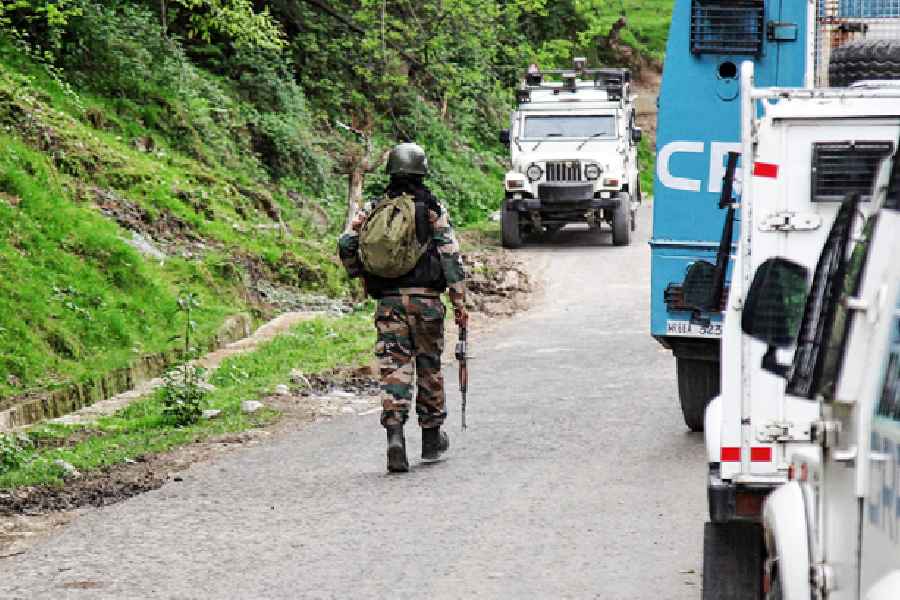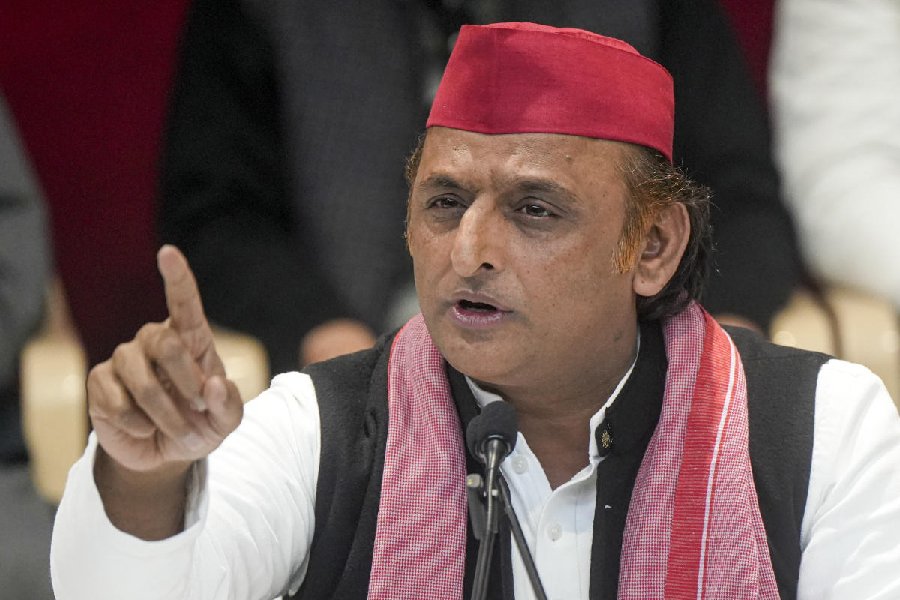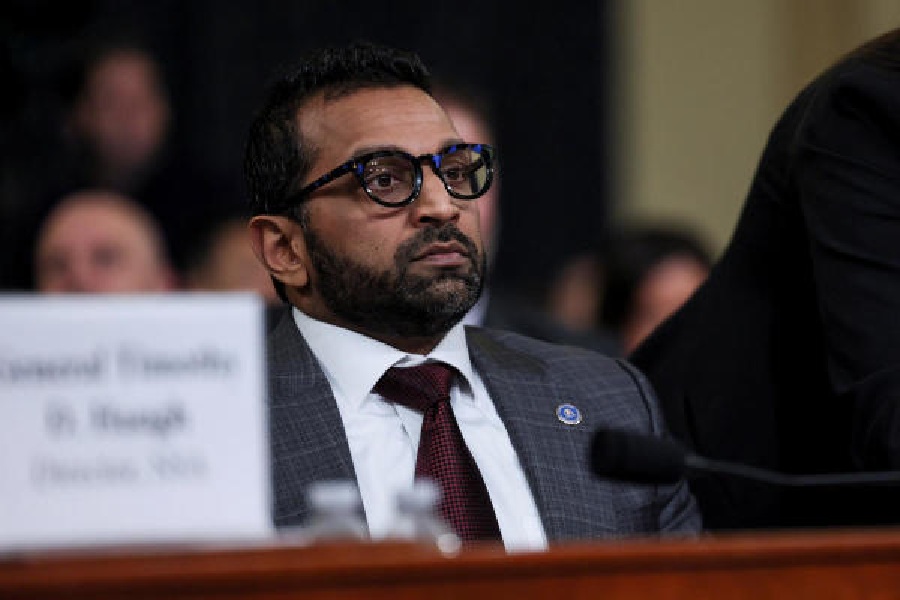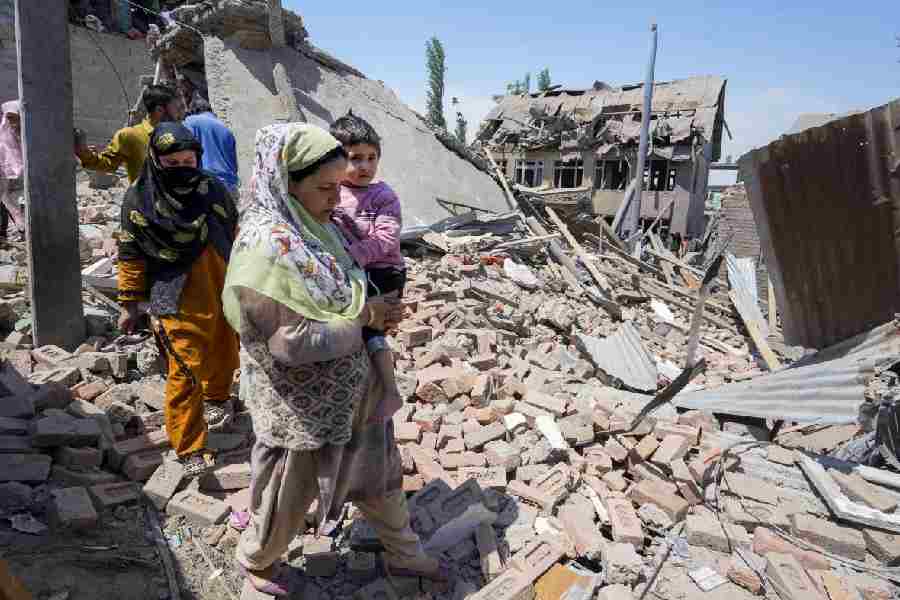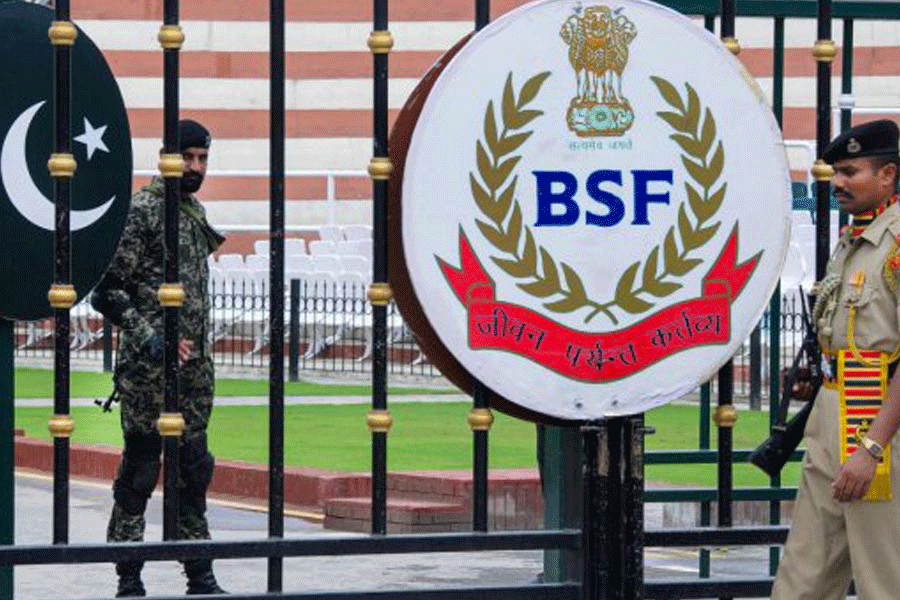 |
England has only one monarch at a time, so younger sons and daughters cannot hope to have much to do. They cannot serve anyone; so they are precluded from doing a job. All they can aspire to is a comfortable life as a nonentity. Born in 1865, George Frederick Ernest Albert missed being the eldest son of King Edward VII by 17 months, so he could only aspire to be a royal extra. To keep out of everyone’s way, he chose to spend as much time as possible on the seas.
When he was 22, his brother Albert Victor (so named after his grandmother and grandfather, Queen Victoria and Prince Albert) and he joined HMS Britannia as cadets. Two years later they were promoted and made midshipmen on HMS Bacchante, with which they sailed to the West Indies. After a month at home, they rejoined the ship, and travelled on it to South America, Falkland Islands, South Africa, Australia, Fiji, Japan, Singapore, Ceylon, Egypt, Palestine and Greece. In 1883, Albert Victor went up to Trinity College, Cambridge, while George Frederick was promoted to sub-lieutenant on HMS Canada. After training in Royal Naval College in Greenwich and going through the gunnery and torpedo schools, he was made lieutenant in 1885. In the next four years, he served on HMS Thunderer, HMS Dreadnought, HMS Alexandra and HMS Northumberland. In the following two years, he was successively given command of a torpedo boat, gunboat, HMS Thrush, and HMS Melampus, while his brother went to India and shot tigers with maharajas. At the age of 26, George Albert could look forward to spending much of his life in command of naval ships.
Then in 1891, Albert Victor fell in love with Princess Mary of Teck, and proposed to her on December 3. Forty days later, he died of influenza. That changed the life of George Frederick, who became an heir and had to marry a potential queen. He married Princess Mary the next year. He continued to serve in the navy and rose to be vice-admiral by 1901. But Mary and he had four sons and a daughter, and travelled a lot.
In 1906 they spent six months in India being entertained by their various highnesses. He liked Indians; he admired their patience, simplicity, loyalty and devoutness. On his return, he publicly advised his government in India to have a little more sympathy for his Indian subjects.
His father, Edward VII, succeeded Victoria in 1901. He was a bon viveur; he smoked a dozen cigars and 20 cigarettes a day. He also enjoyed races. On the afternoon of 6 May 1910, George Frederick came and told him that his horse, Witch of the Air, had won the Kempton races. He was happy; the same night he died. His son became King George V.
Next February, he rode out of Buckingham Palace to address parliament for the first time. There, he announced to everyone’s surprise that he would visit India the following winter. He wanted to have a second coronation in India, but his government ruled it out. So a compromise was reached: he would put on a brand new crown in India. It would have to be made and fitted in London. But his government refused to pay for it; it wanted maharajas to pay out of voluntary contributions. Lord Hardinge, the viceroy, was shocked at the idea of begging for contributions; so he got the government of India to pay. It weighed two pounds and cost £60,000. Queen Mary’s crown was studded with the Kohinoor and 2,200 precious stones. It could be dismantled, leaving a light coronet for more informal wear.
His Majesty’s command put Lord Hardinge, the viceroy sitting in Calcutta, in a spot; he had to get ready to hold a Durbar in 10 months. He called Sir David Barr, who had organized the 1903 Durbar (held by Lord Curzon with only a symbolic presence of the king). Sir David suggested three venues in Delhi: Diwan-i-Am in Red Fort, the area between Red Fort and Jama Masjid, and the Ridge. King George V rejected all three. He wanted two semicircular amphitheatres, one to seat 12,256 aristocrats, and the other, 100,000 common people. Between the two would be a domed structure in which he and the queen would be seated 50 feet above the ground. In front of it would be another pavilion, 30 feet high, whence maharajas would make obeisance to him. Each of them would have a camp for his followers; altogether, there would be 475 camps housing 40,000 people over 25 square miles. It was located northwest of the ridge, in a triangle east of the present Sabzi Mandi. The camp of His Majesty the King Emperor was to the west of the present Flagstaff, roughly where St Stephen’s College is today. The Durbar was held at Coronation Park, an unkempt field that sports the statues of British dignitaries which were removed from New Delhi after Independence.
Villagers from 29 villages were asked to move; amongst them, residents of Jharanda received Rs 1,536, and residents of Dahirpur got Rs 2,532 and eight annas as compensation. Ten miles of rail track were laid from the (now Old) Delhi station to 29 stations in the camp area; 190 special trains, each capable of carrying 250 passengers, ran to the camp area every day. Upper class passengers paid eight annas per trip; lower class passengers paid two annas.
The Durbar was held on Tuesday, December 12, 1911. The king dressed in his white satin coronation suit, put the heavy crown on his head, and was draped in a purple robe. The tradition required that the king should proceed to the Park on an elephant. But he refused; he was not going sit cross-legged on an undulating elephant for an hour. Instead, the royal couple got into an open carriage and rode to an open dais on the grounds. After they sat down, the viceroy came, bowed low thrice, and then kissed the king’s hand. He was followed by the Nizam and the maharajas in their pecking order, who dispensed with hand-kissing. After they had been disposed of, the royal pair climbed up into the domed pavilion. Lord Hardinge read out a long list of honours.
Then, just as the ceremony was about to end, the king rose and made a short speech which did not figure in the programme. After proclaiming his warmth towards his Indian subjects, he announced that the partition of Bengal would be reversed, and that the capital of India would be moved from Calcutta to Delhi. The announcements took everyone by surprise, and proved that the king had a mind of his own. Three days later, he laid the foundation of New Delhi; 20 years later, when it was inaugurated, his statue was in the centre of India Gate. King George V lived on for another 25 years, but he never came back to India. After Independence, his imposing statue was relegated to a corner of Coronation Park. Meanwhile, the Delhi Durbar is the subject of a new book by Sunil Raman and Rohit Agarwal (Delhi Durbar, 1911: the Complete Story).





